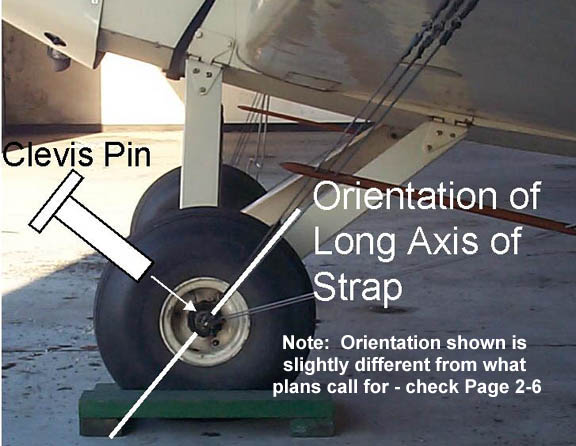A pre-buy inspection for a Fly Baby should be similar to a pre-buy in any used airplane. Have an A&P look over the aircraft, and verify the condition of the mechanical elements such as the engine, fuel tank, and any electrical items installed. Remember that these airplanes are built by amateurs...look for chafing in brake and fuel lines, control and bracing cables, and electrical wires.
The A&P will know how to check the usual aircraft things. There are two main areas of concern on Fly Babies: Bracing, and dry rot

Checking for rot is easy enough, if you can get to the area...poke it with a sharp pocketknife. If the tip only goes in a little bit, you're fine. But if it penetrates easily, you've got rot.
There should be a small inspection panel under the left side of the horizontal stabilizer, see if you can get a light and a mirror into there to view the bottom inside of the fuselage...that's where most of the water will pool, if the plane sits out in the rain. You probably can't reach the knife in there to check, but the discoloration should be fairly obvious.
Look on the lower portion of the aft cockpit bulkhead (where your back rests) near the spar-pin points. This is the area that rotted out in one neglected airplane and resulted in the recommendation for the reinforcement plates. The plates or the straps should be there; checking for rot is easy enough.
Checking the aft spars of the wings is a bit harder. You need to essentially fold the wings to get the wing root rib accessible, then you can poke the butt end of the spar. If there's an access hole in the root rib, check just forward of the aft spar.
Airworthiness.Org has a nice article on inspecting wooden structures.
Questions? Email Ron Wanttaja
.